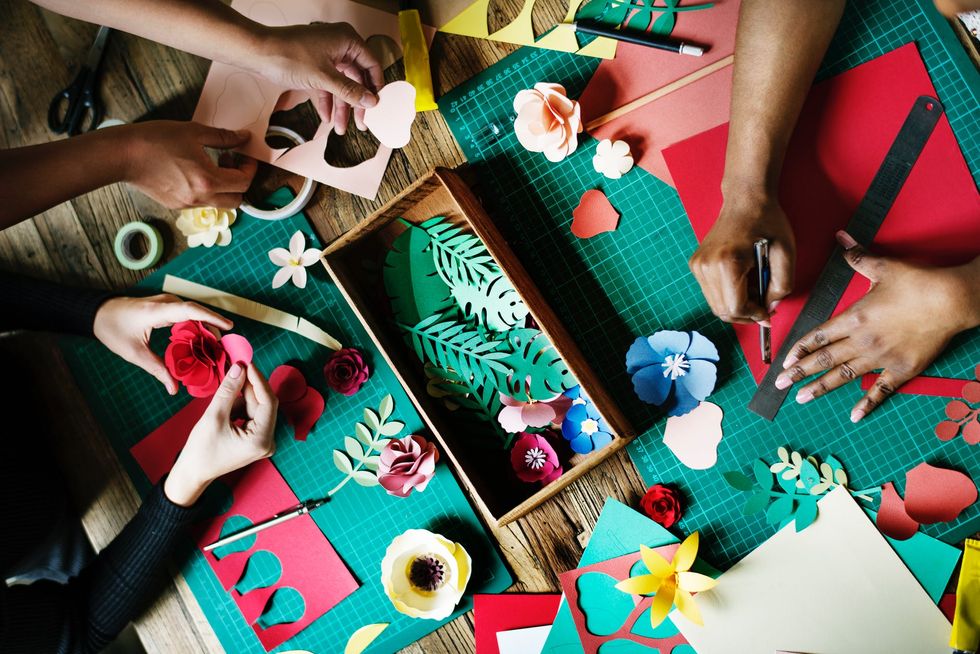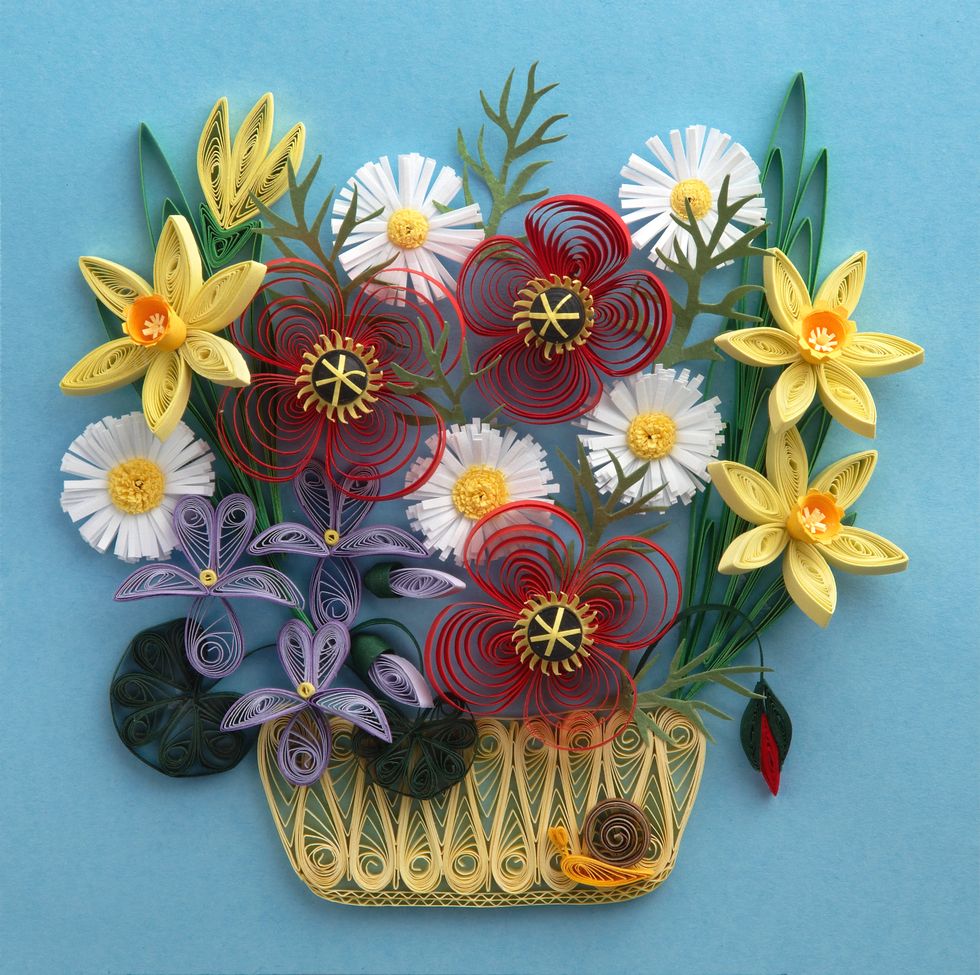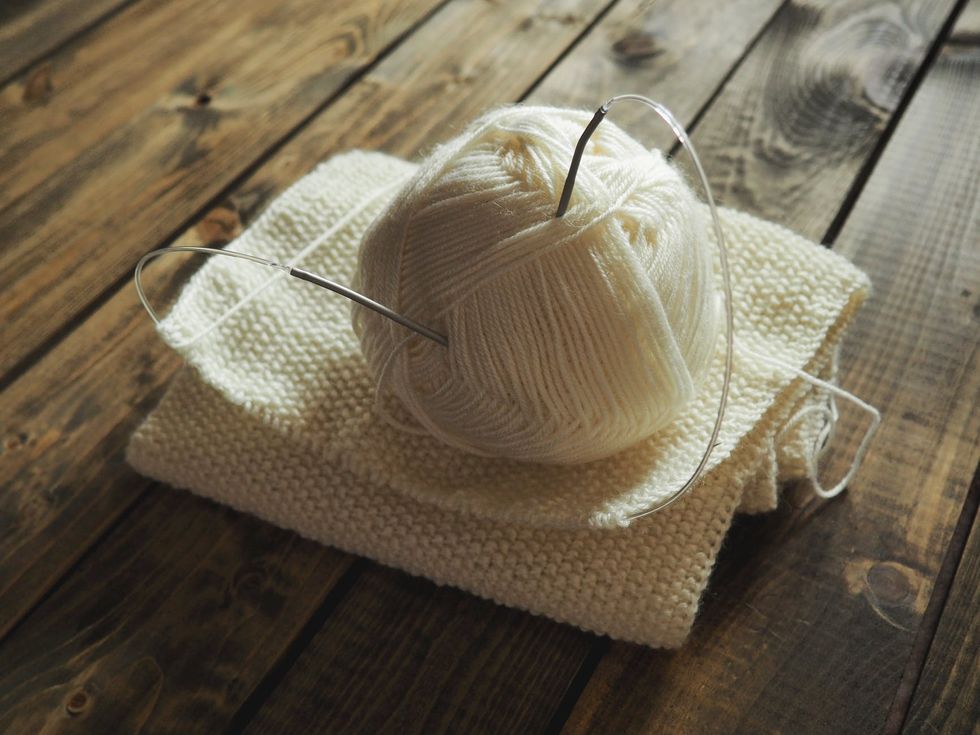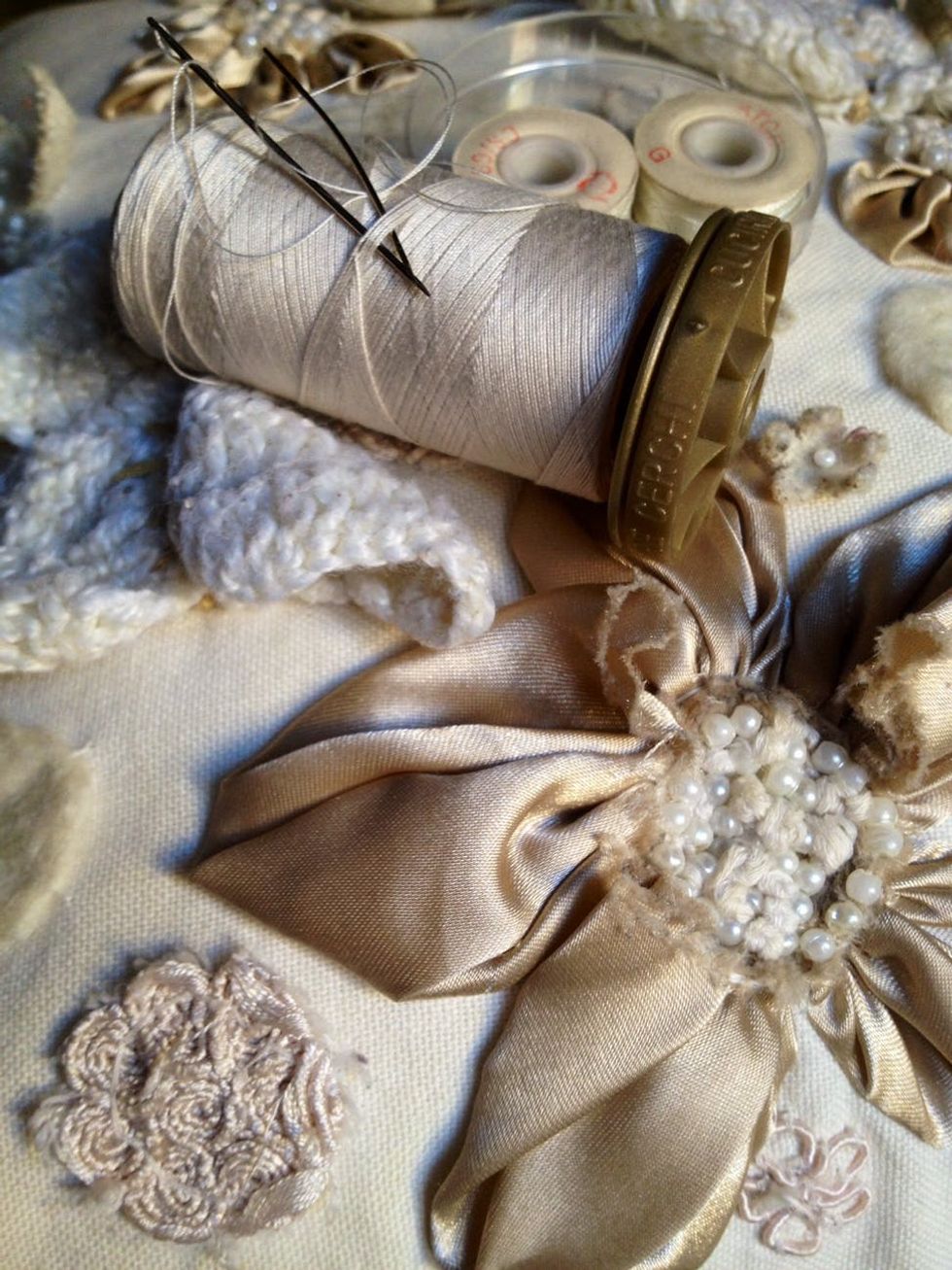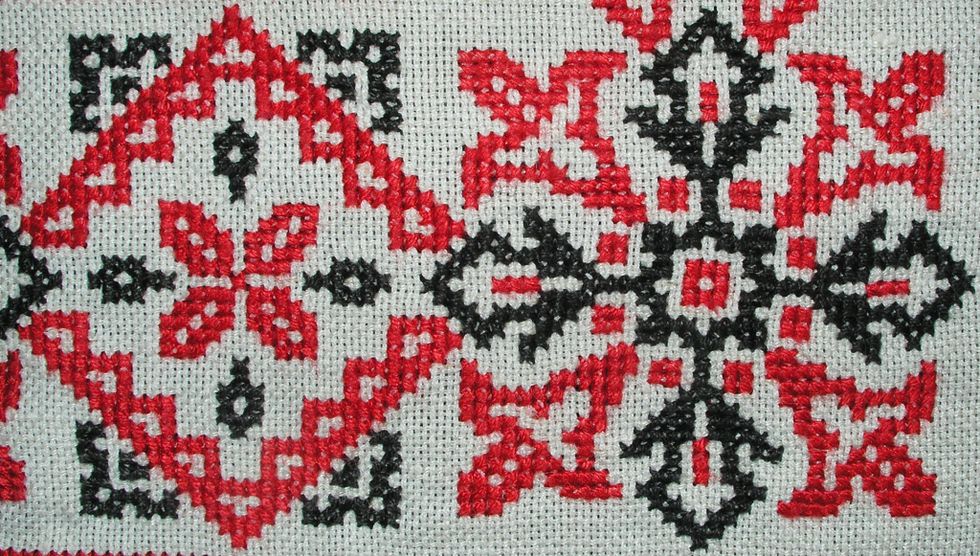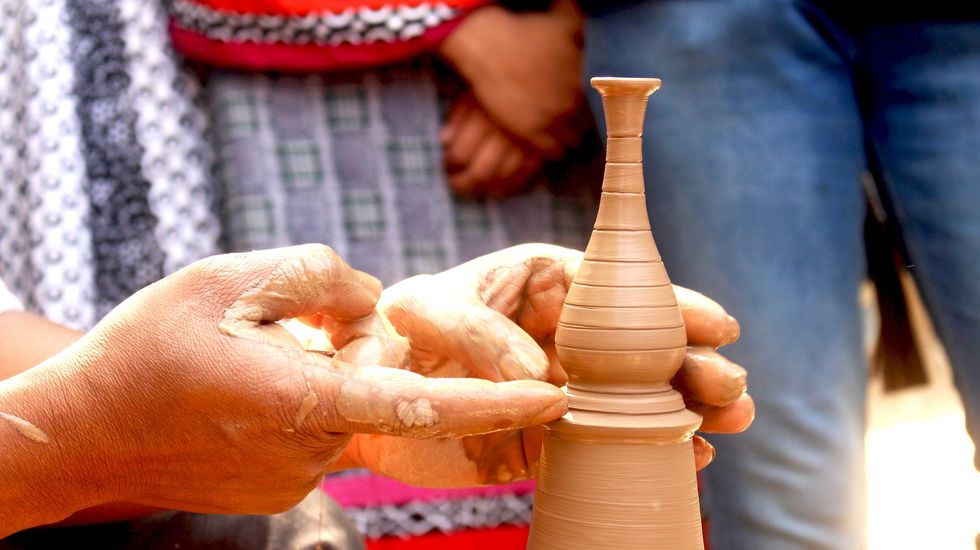Do you ever feel like you need to move your hands and get something tangible out of it? Something that you can feel, touch and show to others? If you are a true fan of aesthetics like me, you like making pretty things with your hands and getting something out of crafting. Even if you have absolutely no idea what to do or say when the topic of crafts comes up, you can learn to do them because crafting is not something that is set and meant to be logical. Once you discover your style with art, you can learn to make anything that is your style. Don't know what to begin with? Here are a few things to try out next time you're bored or visit an arts and crafts store!
1. Paper Quilling
What do you think of when you first see this bouquet of beautiful flowers?
They're all paper. And with a little bit of practice, you could start making your own quilled flowers and paintings.
I first picked up quilling about four years ago when I went out of the country on a vacation. I took a few paper quilling classes, and I instantly fell in love with the way you can make the paper curl into anything. It didn't even take me very long to learn, so this is a great start for beginner crafters! All you'll need are some paper strips, a paper quiller and glue — all of which can be found at an art store. It's proven to be very useful in decorating just about anything, from cards to making paintings and photo frames!
2. Calligraphy
Fancy writing is useful anywhere. Projects, cards, or paintings always need your handwriting, and by learning calligraphy, you can make all of your pieces look nice and wow everyone while doing it!
I first picked up calligraphy at around the same time as paper quilling. When my teacher started me on the alphabet in different fonts, I got a little creative and started to make projects out of the writing I had learned. Pretty soon, I was using my craft skills for binder covers in school, birthday cards and anything in between! Most people love seeing the writing you can come up with; even if your handwriting is atrocious, you can easily learn calligraphy with a bit of practice and hard work.
3. Knitting
I know that when you look at this word, the first thing you think of is, "This is for adults and senior citizens." Not true!
Knitting, (like all crafts) requires immense patience and hard work, but it is arguably one of the hardest-to-master crafts on this list. Luckily, beginners can 'knit' as well, using a knitting loom and hook instead of needles. Even though you cannot use the knitting loom for everything in the knitting world, it is a great place to start, especially for smaller kids.
SEE ALSO: Knitting For Beginners Part One: How To Select Yarn And Needles
The biggest problem most people have with this is the immense patience it requires to make even a small piece! I'm no exception; I just want to get the craft done in one go.
After you see the end result though, it's all worth it. You can make hats, scarves shawls, and once you get the hang of the basics, you can kniteven sweaters or poncho overcoats. It's a skill that not many people have or want to try, but everyone admires.
4. Paper Origami
The Japanese made very good use of paper when they created origami. Today, it is a popular art form that people around the world enjoy!
Origami is an art in which you fold colored, usually square-shaped paper into different shapes. The paper can come in many sizes and can almost always be found at any arts and crafts store. My first origami kit was from one of my friends at a birthday party, and I was about 7-years-old at the time. It was the best thing I'd ever seen, and I used it everyday and even brought a few of my creations to class to show my friends. The colored paper can be visually aesthetic and appealing for any occasion, and it is easy and safe enough for a small child to learn and use.
5. Embroidery
You see a pretty bag with a design made out of thread on it. It's a flower, and it looks so abstract yet so beautiful that you decide you must have it. You take one look at the price tag and... never mind.
Guess what? Why not make one of these designs on your own? Bonus: you can make it exactly as you want it.
Embroidery is definitely an advanced form of art because of the extreme attention to detail you need to have to make designs and the fact that you must use sharp needles to make these designs. This is definitely not for small kids! But if you are one of the ambitious and challenge-loving people out there, definitely try this out. The design can be made out of anything, including thread, pieces of cloth, beads or buttons. These materials are found at the store and are much cheaper than the readymade bag on the shelf. A little dedication will take you a long way in art.
6. Cross-Stitching
Ever see those boards in people's houses that have an old-style look like this picture? That is called cross-stitching.
I started cross-stitching when I was about 9-years-old when my mother got me a kit. I'm still thankful that she loved crafting so much that she introduced it to me at such an early age.
Cross-stitching usually uses a board as a base with square-shaped holes. Needles can be put in and out of these holes to make the cross-stitch effect. The stitches are in the shape of an x. There are so many designs that can be made with these simple stitches, and it is so simple that kids and adults can do it alike! All the project requires is a board, some colored yarn, a blunt needle and creativity!
7. Pottery
Why is this art for used all around the world, not just for fun but for making actual containers? Why do so many of the artifacts we uncover are made using this?
The answer is that it's easy, useful, and spread throughout the entire world. A huge number of civilizations still use the traditional method for making pots and containers, with riverbed clay and a spinning wheel.
After a while, this diffused into western culture as a popular craft for anyone, with arts and crafts stores selling clay and shaping materials to consumers such as ourselves. Most kids have made pottery in their art classes in school as well. My first pottery project from the fifth grade is still on the coffee table as a showpiece.
Even if you don't have a kiln, air-dry pottery can be just as amazing. You simply let the pottery dry and then paint it or add stones and gems with glue. Afterwards, you can display your project anywhere in your house. Just don't be afraid to get your hands dirty!

